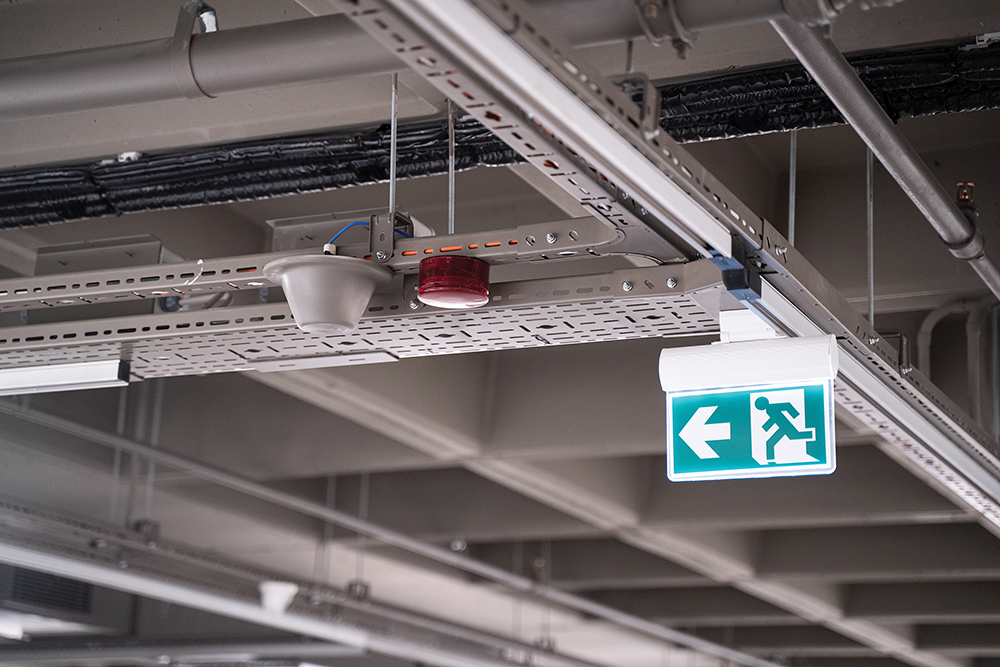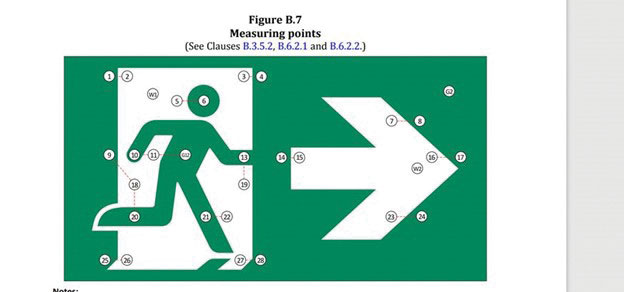The 2006 Canadian Electrical Code, Section 18, Hazardous Locations, provides rules for installation and maintenance of wiring and electrical equipment in hazardous locations, and classification of areas that contain flammable or explosive gases, vapours or mists, combustible dusts or ignitable fibres. The 2006 CE Code introduces us to some brand new terms and has redefined some of the old ones. In this article, we will review a number of the Section 18 language changes and some new requirements.
Rule 18-002 Special Terminology defines some of the special terms that appear throughout Section 18 that apply to explosive gas atmospheres. We need to understand the new terms and where they apply. Some of the more interesting changes involve sealing of conduits and cables.
Cable Gland is a familiar term from the 2002 CE Code. A cable gland is a device used for the entry of cables or cords to provide strain relief at the points where they enter electrical equipment. It may also provide sealing to contain explosive gases, using an approved sealing compound within the cable gland.
Cable Seal is a new term defined in Rule 18-002 as: “a seal that is installed at a cable termination to prevent the release of an explosion from an explosion-proof enclosure and that minimizes the passage of gases or vapours at atmospheric pressure.” Cable seals may be components of cable glands or in separate sealing fittings. Nothing is new here except for the redefinition of terms.
Conduit Seal is also a new term defined as: “a seal that is installed in a conduit to prevent the passage of an explosion from one portion of the conduit system to another and that minimizes the passage of gases or vapours at atmospheric pressure.” Earlier versions of the code referred to “seals” without providing a more specific definition. Not much is new here either, except for a more precise definition.
The 2002 CE Code, Rule 18-072 defined Explosive Fluid Seals as seals intended to prevent explosive fluids from reaching the electrical equipment and wiring. The 2006 CE Code has broadened the title and scope of Rule 18-072 to include both flammable gases and liquids.
Flammable Gas or Liquid Seals has replaced the term Explosive Fluid Seals. Now Rule 18-072 requires that: “Electrical equipment containing a seal intended to prevent flammable gases or liquids from reaching the housing or conduit system shall not be used at pressures in excess of the marked maximum working pressure (MWP).” Flammable gas or liquid seals are normally components of manufactured electrical equipment installed in high pressure containers or pipelines. Liquid seals are given a pressure test and assigned a maximum working pressure (MWP).
Strangely, although the Rule 18-072 requirements refer to both flammable liquids and gases, the definitions of primary and secondary seals mention only the containment of process fluids. Similarly, the Section 18 rules for explosive gas atmospheres provide only a requirement for secondary seals only in the case of process fluids.
Primary Seal is a new term, introduced for the first time in the 2006 CE Code. Rule 18-002 defines a primary seal as: “a seal that isolates process fluids from an electrical system and has one side of the seal in contact with the process fluid.” A primary seal is usually a manufactured seal within an electrical device such as a flow switch installed in a high pressure piping system, to prevent process liquids from entering electrical conduit or equipment. A primary seal is one of the devices mentioned in Rule 18-072.
Secondary Seal is yet another new term and it is defined as: “a seal that is designed to prevent the passage of process fluids at the pressure it will be subjected to upon failure of the primary seal”. In other words, a secondary seal provides backup in case the primary seal fails to contain process fluids. Secondary seals are required for sealing conduits and cables in Class I explosive gas atmospheres, where failure of a primary seal could allow flammable process fluids to leak into electrical equipment, with disastrous results.
Secondary seals are always installed between the primary seals and the cable or conduit seals. Rule 18-072 requires that the MWP of the primary and secondary seals are never exceeded. Reason — the well-known conduit or cable seals are not designed to contain pressurized fluids and gases.
As with past articles, you should contact the electrical inspection authority in each province or territory for a more precise interpretation of any of the above.










Find Us on Socials